Lisbon architecture is truly worth talking about. Its conspicuous nature once beheld doesn’t leave the mind easily. The simplicity blended with grandeur is what makes it so different from the rest of the holiday destinations. Even the ordinary residential houses across the city present a picturesque view in front of you. The whitened limestone houses with slanting roofs made of red tiles, several colored windows and mini balconies and queer Y-shaped pipes at their backs are perched cozily on the sloping land. There are private courtyards and intimate alleyways in every nook and corner of the city and also historic remains reminding you of Lisbon’s rich history and culture. The best thing is that the architecture of Lisbon is very expressive. Even if you do not visit the museums and avoid reading the various facts and information, written, about the city’s history, the buildings and structures themselves will seem to tell you their stories. The various styles of architecture that can be seen in Lisbon are Manueline, Gothic, Romanesque, Baroque and ever since renaissance, Modern and Postmodern. 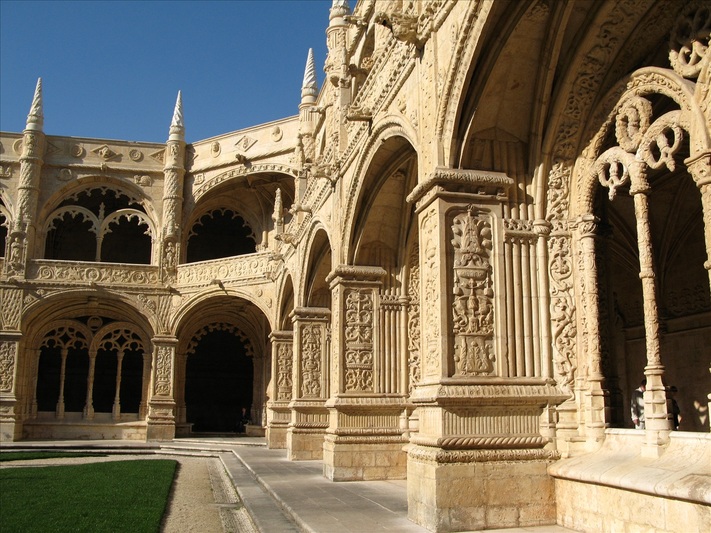 Some of the structures exhibiting Lisbon’s typical architecture are as follows:
Some of the structures exhibiting Lisbon’s typical architecture are as follows:
- St. George’s Castle: A walking-distance away from Alfama, Castelo de Sao Jorge is one of the oldest structures of Lisbon. Due to its elevated position up on the hills, it offers a wonderful view over River Tagus and the city. A walk all the way from Alfama through the traditional old houses to this mighty castle can be a romantic affair.
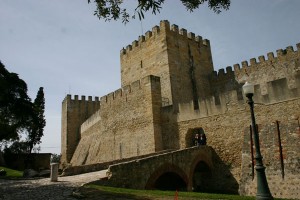
- 25th of April Bridge: This is said to be Bay Bridge’s (of San Francisco) sister bridge because both of them were built by the American Bridge Company. This suspension bridge connects Lisbon to Almada. Earlier it was called Salazar Bridge but after Carnation Revolution its name was changed to 25th of April Bridge or Ponte 25 de Abril because on this date in 1974, the dictatorship had ended.
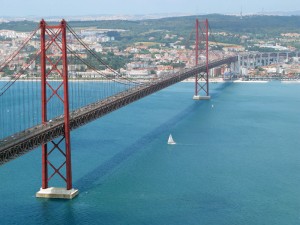
- Vasco da Gama Bridge: This is Europe’s longest bridge including viaducts. It is also happens to be world’s 9th longest bridge with a length of 17.2km.

- Águas Livres Aqueduct: This aqueduct has historic importance in Lisbon. It exhibits the Portuguese engineering of the eighteenth century with the world’s largest lithic arch. Its main course covers 18km and its network stretches through 58km. Amoreiras’s Mae d’Agua reservoir is world’s largest reservoir with 5,500 m2 capacity of holding water. However, now it has been deactivated and put on display as a part of Water Museum.
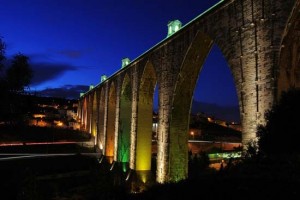
- Avenue of Liberty, Avenue of Republic and the Fontes Pereira de Melo Avenue are some of the historical boulevards that are great displays of Lisbon’s architecture.
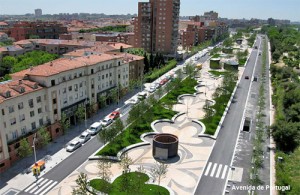
The most striking style of architectural ornamentation worth noticing is the Manueline. It is basically a Portuguese late Gothic style belonging to the early 16th century that was a lovely blend of oceanic elements and subtle representations of the discoveries of Pedro Alvares Cabral’s and Vasco da Gama’s historic voyage. It basically marks the significant transition to Renaissance from Late Gothic. There are many churches and monasteries constructed in the Manueline style.


